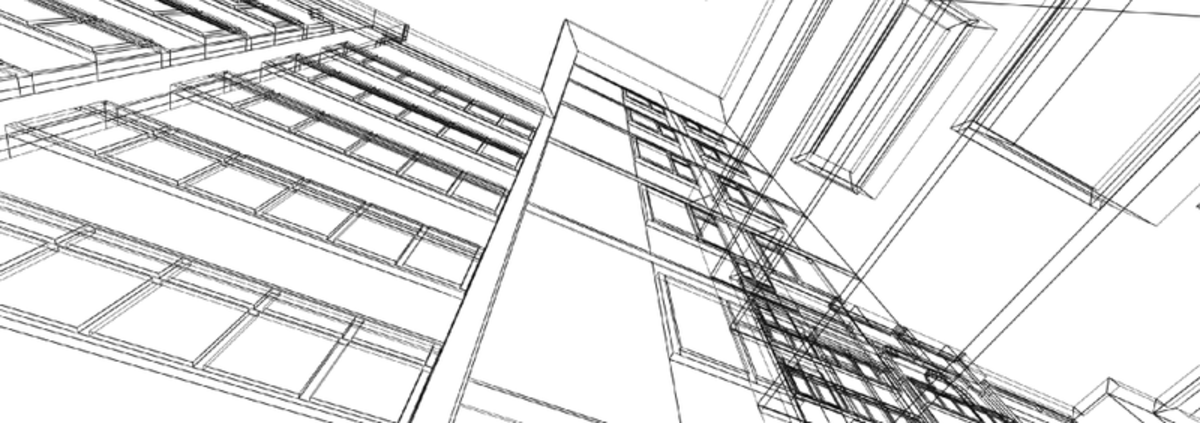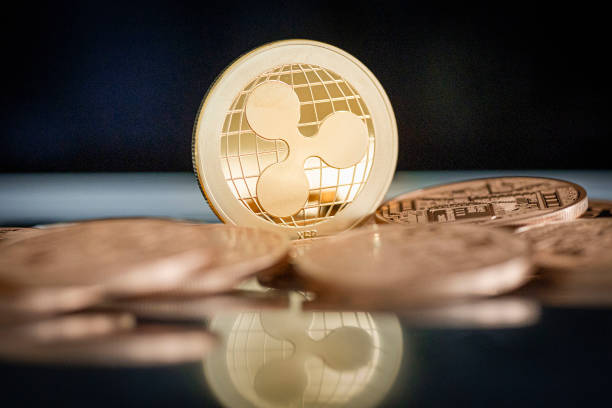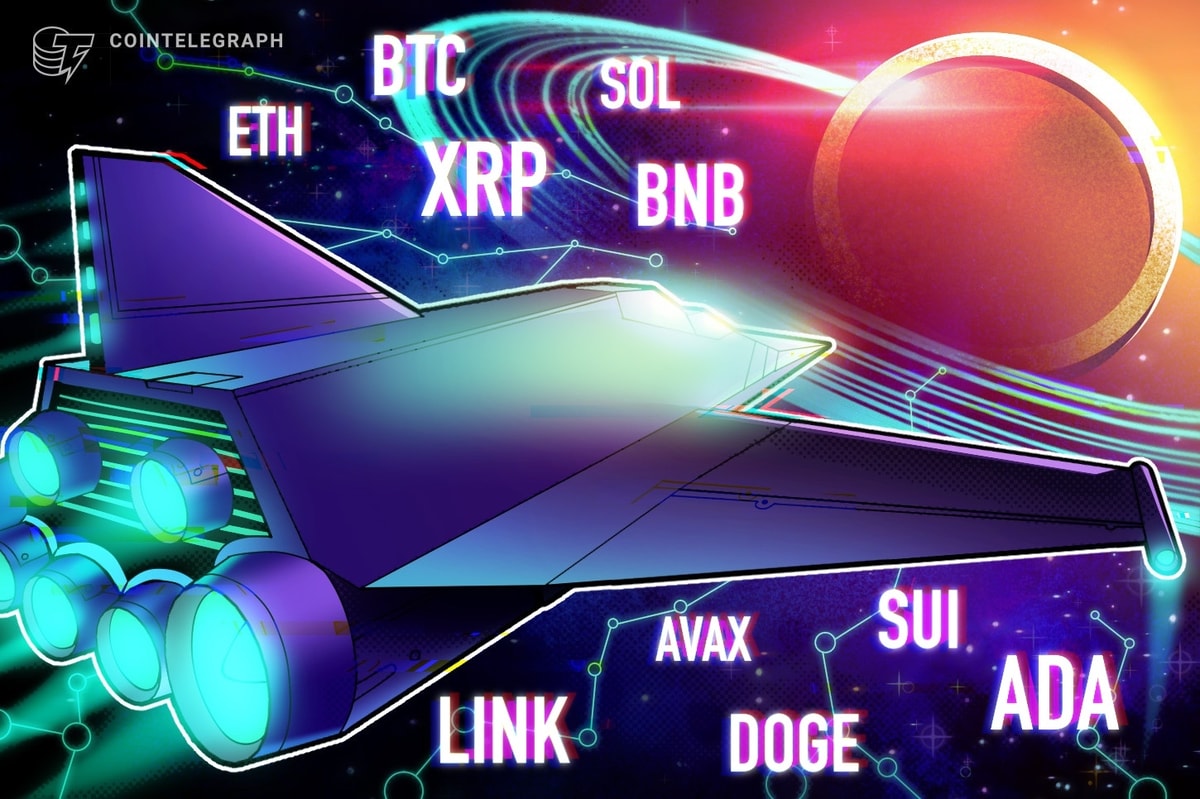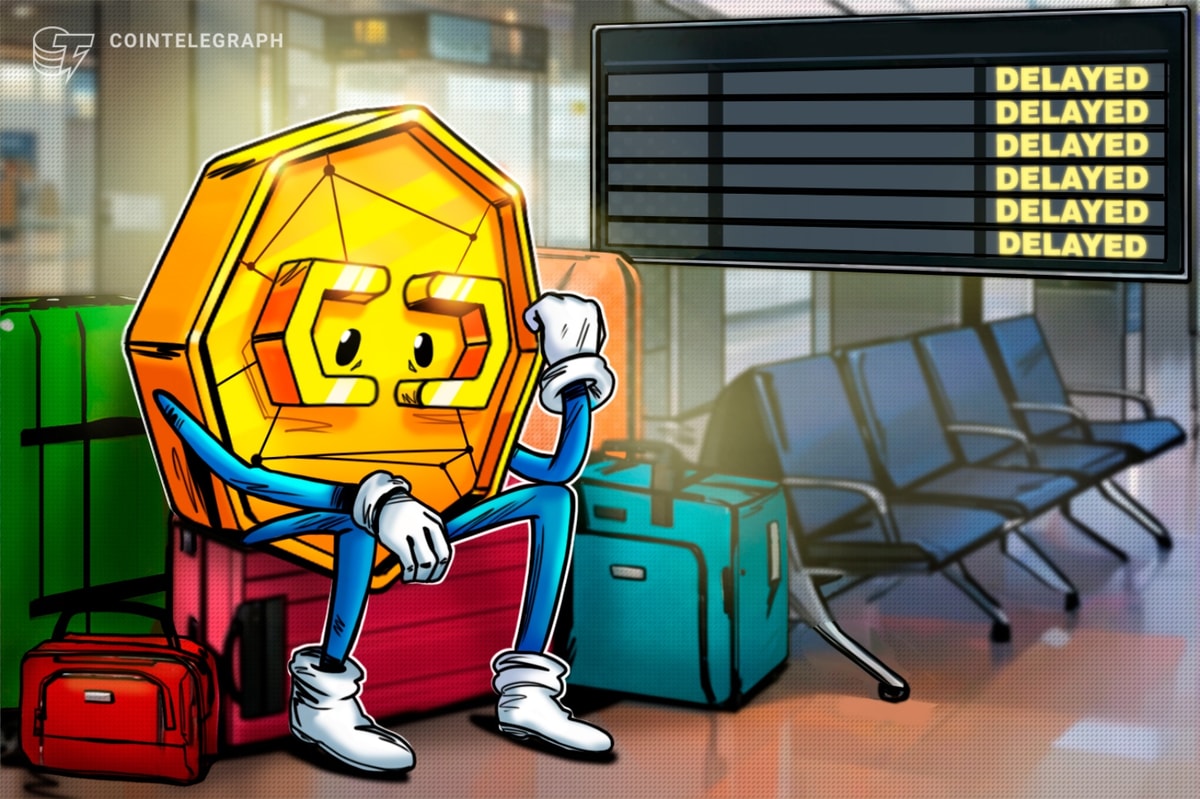
Trust is something we’ve taken for granted for a long time. Until recently, nobody ever thought to formally study the concept, except for the Machiavellian goal of learning to falsely instill it in others. One of the most revolutionary things accomplished by cryptocurrency and related fields is to turn that question on its head: instead of wondering what makes people trust others, Satoshi questioned whether trust is necessary or efficient in the first place. Who do we really have to trust with our money, why, and what can we do to change that?
Origins
Long-time Bitcoin Magazine readers likely have no love for the concept of trust, but it was actually a remarkable innovation: rudimentary forms of it are restricted almost entirely to mammals, who possess the combination of intelligence and social behavior required. Many prehistoric hominids, like the Neanderthals, actually had larger brains than modern humans. This means a Neanderthal may have been more likely than you to invent something like fire, but this came at the downside of extra testosterone, and therefore aggression and the inability to cooperate. The first caveman to invent the spear probably didn’t trust his peers enough to share his discovery, and it was the cooperation made possible (in part) by trust that allowed homo sapiens to take over.
Trust took a turn for the worst when human societies began intensely competing with one another. Surviving wars and lean times require a large, organized society, but the only known way to organize a society at the time was by the force of a central authority. Traditionally, that role was “given” to the most powerful man at the time, who controlled who got what assets, when, and how much they were worth. Noble dictators have existed, but this generally had the effect of corrupting the morality of the men in charge, whom we had to trust almost completely.
New political innovations have alleviated the problem somewhat: democratic institutions give us some measure of control, putting our trust in the decision-making abilities of the masses. Constitutions seek to remove trust in people entirely, fearing tyranny of the majority, and instead place it in the hands of logic and reasoning (at least as interpreted by the constitution’s author). Unfortunately, the field of finance did not evolved differently, with the steady eradication of informal (beads, shells), commodity-backed (gold) and local currencies as central banking systems like the dollar and euro took over. This requires us to trust banks with holding, transmitting and maintaining the value of our money. They frequently fail, and we’re forced to trust the national banks at the center of such systems with controlling the money supply.
Hawala
In the same manner that elections and constitutions lessen the need to trust central political authorities, cryptocurrencies lessen our need to rely on central financial authorities; this can be accomplished in a number of ways, the first of which was actually pioneered hundreds of years ago by traders in South Asia, the Middle East and Africa. It’s called the hawala system, and is basically a system of debts: when a migrant worker wants to send money back to his family in, say, Somalia, he gives it to a hawala broker, who sends word to a broker overseas, who gives it to the man’s family in the form of Somali shillings. There could be multiple intermediary brokers in-between, but with modern communications technology, this process is almost instantaneous.
This constituted the first decentralized global money transfer system. Rather than having to trust any central authorities, each hawala broker only needs to trust the other hawala brokers to which he is directly connected. A broker dispensing money in Somalia expects that his associate receiving the actual money overseas–or the intermediary in-between–will pay him back at some point in the future; this typically occurs outside the mainstream financial system, to avoid fees or (occasionally) law enforcement, and can take the form of cash, products, commodities, property or even loaned employees. Hawala agents could hypothetically conduct all of their finances this way, completely avoiding traditional finance.
This has been a blessing for many developing economies, but it has its limitations: in reality, most directly-connected hawala brokers have deep bonds like family ties, since it’s impossible for humans to vet every broker in the network, or monitor their honesty ongoing. They expect one another not to accrue significant debt relative to that owed to them, to repay debt whenever logistically-convenient, and to take financial responsibility if a payment they were supposed to remit fails due to the dishonesty of their unshared associates. It’s very easy for disputes to arise in such a system, and they are usually settled with violence or coercion.
Ripple
Ripple hopes to solve these problems. Although it’s not technically a decentralized cryptocurrency, it is open source, and it’s not exactly centralized, either. It is a distributed network started by Ripple Labs in 2004, and allows users to exchange any currency or commodity. Cash and precious metals, of course, cannot be sent through the Internet, so Ripple employs a system very similar to hawala: users with Ripple wallets send each other something like an IOU–a promise that the receiver has become the owner of wealth not in his or her possession.
The primary difference is that one is not required to trust the other user; the IOUs traded are actually backed by third parties called “gateways.” Gateways are the only ones who can bring units of a currency or commodity into the Ripple network, which they do by promising to have that many units on reserve for redemption. One must trust the gateway issuing that currency or commodity. If the receiver does not trust the gateway issuing the sender’s IOU, or wishes to accept payment in a currency not held by the sender, Ripple sends the IOU through intermediary user nodes–again, similar to hawala.
The nastiest disputes occur when two parties disagree on who owes what, so Ripple has a single ledger of account. All nodes in the network store the current ledger in the form of its hash, a number derived from the ledger’s contents. A user can compare his ledger to others via the hash with ease, and use it to validate any transaction or account balance. Changes to the ledger are made by “validators,” whose nodes can confirm valid transactions on the network and add them to the list.
To ensure that everyone always sees the same account balances, however, the validators must agree on the order in which transactions occur, which occurs by consensus in an iterative process: transactions come in sets, and if the majority of validating nodes one is connected to choose another set, the node switches to theirs. All users must trust that the validators they chose to connect to want to form a valid consensus, and are not colluding to trick you with a false ledger, but their identities are known such that their honesty can be readily evaluated, which would be impossible in human networks like hawala.
To make this all easier and help regulate the network, Ripple launched its own currency called XRP; it actually is controlled by users directly, being a digital construct, and therefore is a convenient means of settling such debts. Users must destroy extremely tiny amounts of it to use any network resources, which prevents spam and DDoS attacks. It can be created by Ripple Labs at will, so to some extent we are required to trust them as a central authority that will (hopefully) use them in a way that avoids inflation. Although these XRP are given away to charitable or scientific causes, Ripple Labs gave themselves a large sum of XRP in the beginning, which makes them unlikely to behave in a manner that would devalue it.
Bitcoin
This system is functional, and is still the most effective means of exchanging currencies without a central authority, but Bitcoin takes distrust to a whole new level. Unlike Ripple, no one can create new bitcoins: the network creates them automatically, at a predictable rate. This removes our need to trust a central authority with managing the money supply. New bitcoins go to Bitcoin miners, who play the role of Ripple’s validators by deciding when each transaction is confirmed. Since it is impossible to confirm invalid transactions, the decision goes to whichever miner manages to process the next set of transactions (or “block” in Bitcoin) first. As a result, consensus is not required; you don’t have to trust any particular miner because the only way to produce a false ledger (or “blockchain”) would be a 51 attack, requiring collusion between the majority of nodes on the entire network, not just the ones immediately connected to you.
Since bitcoins are the only currency on the Bitcoin network, for now, we don’t have to trust any gateways, either. Therefore, we don’t have to trust any of the nodes in the Bitcoin network, which allows all nodes to stay anonymous, removing our need to trust any third party with personal information. This has become a major part of Bitcoin’s appeal, and for those not in the know, the creator himself–Satoshi Nakamoto–is also anonymous. Like Ripple, however, the code is open source–all of us can see it, and he cannot alter it without our permission–there’s no need to trust him or her, either. Bitcoin runs pretty much on its own.
Unfortunately, this means bitcoins cannot easily be exchanged for other currencies, which the Bitcoin network cannot handle, at all, at least in its current form. Bitcoin proponents believe this will inevitably be fixed by new protocols added to the Bitcoin network, called “sidechains.” Sidechains like Mastercoin and Counterparty allow the representation of other currencies and commodities on the Bitcoin blockchain, which leads to decentralized digital exchanges. We would still need to have trust in whomever issued those currencies and commodities, which they must hold in reserve, but the exchange process itself requires none.
Moving forward, sidechains and other “Bitcoin 2.0″ technologies are poised to continue the trustless revolution. Once money has been properly decentralized, decentralized system engineers will move to obsolete traditional democracy and constitutions, as well, replacing all bureaucrats with digital protocols. There will come a time when nobody has to trust anyone with anything, and in this inevitable future, many of history’s worst kinds of corruption will become impossible. The only question is when.










